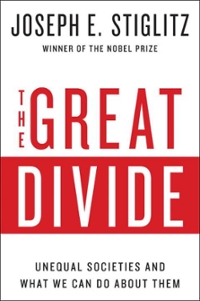Question
Look back at Question numer two of Problem Set threeb (remember we have an answer key posted as well on the assignment page) and take
Look back at Question numer two of Problem Set threeb (remember we have an answer key posted as well on the assignment page) and take a look at our analysis of a $6 excise tax. In that case, we were analyzing the tax while assuming that the free market was efficient. Now, in the context of an externality, imagine that the tax is a Pigouvian tax. e) What is the policy goal of the Pigouvian tax? f) What is the impact on the quantity of widgets sold? Does the policy achieve its goal? g) What is the impact of the tax on total surplus / deadweight loss? Is the outcome efficient? (No need to calculate here, we are basing this off of theory.) h) One of the issues with Pigouvian taxes is that it can be difficult to estimate the tax level. Imagine the government inadvertently sets the tax too high, at $7 rather than $6. What would you predict would happen to the market? (No need to calculate anything - base this off of what we know about excise taxes.) Now imagine that the government sets the tax too high, at $5 per widget. What would we predict would happen?

Step by Step Solution
There are 3 Steps involved in it
Step: 1

Get Instant Access to Expert-Tailored Solutions
See step-by-step solutions with expert insights and AI powered tools for academic success
Step: 2

Step: 3

Ace Your Homework with AI
Get the answers you need in no time with our AI-driven, step-by-step assistance
Get Started


